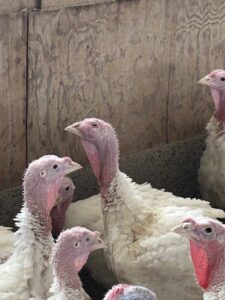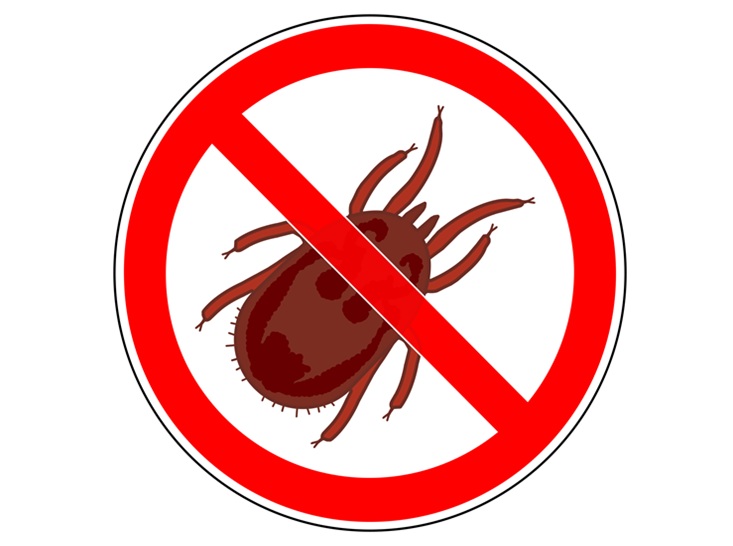By Jennifer Irwin
North Carolina State University College of Veterinary Medicine
As a 4th-year veterinary student, I continue to build my knowledge and skills in recognizing clinical signs and identifying diseases across various poultry species. It can often feel overwhelming and humbling to work alongside seasoned professionals who possess a wealth of experience. However, during the recent re-emergence of avian metapneumovirus (aMPV) in the US, I quickly realized I was not alone in feeling unfamiliar with this formidable pathogen.
During my 2024 summer internship with a local turkey producer, I encountered this foreign, highly transmissible virus firsthand. Its swift spread and significant impact on both commercial turkey and breeder operations created a ripple effect across the poultry industry. The situation was further complicated by challenges in diagnosis, management of secondary infections and the urgent need for vaccine approval.
Impacts on bird health
aMPV, a member of the Pneumoviridae family, is an enveloped, non-segmented, single-stranded RNA virus classified into four subtypes: A, B, C and D.1 The most recent outbreak involved subtypes A and B, distinct from the endemic subtype C that has circulated in Minnesota and neighboring states since the late 1990s.2
aMPV primarily targets the upper respiratory tract, where its intense replication disrupts the mucociliary apparatus of the trachea. This impairment facilitates the accumulation of mucus and debris, creating ideal conditions for secondary bacterial infections, including Escherichia coli, Ornithobacterium rhinotracheale (ORT), Bordetella avium and more.1
The resulting clinical signs — coughing, sneezing, nasal and ocular discharge, sinusitis and, in some cases, torticollis — reflect these secondary infections. In turkeys, the disease has been historically referred to as “swollen head syndrome” due to the notable periorbital and infraorbital swelling that are characteristic of this disease.
Because these secondary pathogens are common in US flocks, the initial outbreaks were misattributed to more familiar respiratory diseases. It wasn’t until standard diagnostic methods yielded negative results that veterinarians and diagnosticians began to suspect and eventually confirm aMPV etiology.
Rapid spread, economic consequences
While aMPV was first detected in the US in 1996, leading to the classification of subtype C, the 2024 reintroduction of subtypes A and B led to rapid, widespread outbreaks, originating in North Carolina and Virginia before spreading across the country. By mid-2024, the National Turkey Federation estimated that 60% to 80% of commercial turkey flocks had been impacted.3
The consequences were substantial: elevated mortality, significant drops in egg production and widespread shortages in poults. The economic impact was not just limited to lost production. Producers faced increased costs associated with diagnostics, treatments and intensified biosecurity measures and vaccination efforts.4
Diagnostic and control challenges
Diagnosing aMPV is particularly difficult due to its non-specific clinical presentation, which overlaps with the presentation of common secondary infections, such as colibacillosis, ORT, and mycoplasma Initially, diagnostic testing focused on subtype C, leaving subtypes A and B undetected. Updated molecular diagnostics, including multiplex polymerase chain reaction panels, have since improved detection. Enzyme-linked immunosorbent assay testing has also helped identify previous exposure. However, virus isolation remains difficult due to its short shedding window and the fastidious nature of the virus in laboratory conditions.5
Control has proven equally difficult. The virus’s rapid spread points to potential aerosol transmission, raising concerns that standard biosecurity protocols may not be sufficient. In some flocks I observed, infection patterns defied conventional explanations, with seemingly random poultry houses affected despite shared source flocks and resources. These observations underscore the virus’s elusive transmission routes and the importance of rapid, large-scale epidemiology and intervention.
Vaccination efforts
In response to the outbreak, swift regulatory action was critical. In September 2024, the USDA granted emergency use approval for both live and inactivated vaccines against aMPV. Among these were imported inactivated vaccines from Hipra and Boehringer Ingelheim, approved due to their proven efficacy against subtype B and potential to reduce viral shedding and secondary infections.6
Vaccination strategies are currently being developed, with a focus on hatchery administration followed by field boosters delivered via spray or drinking water. Live vaccines are also being investigated, although inactivated options have been prioritized for their safety profile and broader application.
Role of education and collaboration
One of the most important takeaways from my experience was the critical role of education in disease response. Veterinarians, technicians, farm managers and growers alike were caught off guard by the severity of the outbreak. It was essential for veterinary professionals to step in to educate, train and support field personnel in recognizing clinical signs and implementing control strategies. Through open communication and collaboration, we were able to mount a unified response to an unfamiliar and rapidly evolving threat.
Looking ahead
The re-emergence of aMPV has reinforced our role as veterinarians — not only as diagnosticians and disease managers, but also as leaders and educators. It’s a reminder that, even in a highly regulated and monitored industry, emerging or re-emerging pathogens can surprise us.
Moving forward, the lessons learned from this outbreak will shape how we prepare for and respond to future disease threats. The experience has shown me the importance of remaining curious, adaptable and proactive, and it has solidified my commitment to contributing to the health and sustainability of our poultry industry.
References
- Merck Veterinary Manual. Avian Metapneumovirus Infection. Merck Veterinary Manual. Updated December 2022. Accessed May 5, 2025.
- Seal BS, et al. Avian Metapneumoviruses: Classification and Molecular Epidemiology. Avian Pathol.2000;29(2):117-131.
- Survey: aMPV, Lack of Efficacious Drugs, HPAI Top List of U.S. Turkey Industry Concerns. Modern Poult. https://modernpoultry.media/survey-ampv-lack-of-efficacious-drugs-hpai-top-list-of-us-turkey-industry-concerns/ Accessed 22 Apr. 2025.
- National Turkey Federation. Industry Update on aMPV Outbreaks. Summer 2024.
- United States Department of Agriculture, Animal and Plant Health Inspection Service (USDA APHIS). Avian Metapneumovirus Disease Information and Diagnostic Protocols.
- Hipra and Boehringer Ingelheim. Vaccine Data Sheets and Efficacy Trials for Emergency aMPV Inactivated Vaccines. 2024.
For additional information about aMPV:
- Dufour-Zavala L, et al. Emerging Avian Metapneumovirus Infections in the United States: Risks, Control, and Surveillance. Viruses., 2023;15(9):1960, https://www.mdpi.com/1999-4915/15/9/1960. Accessed 22 Apr. 2025.
- Avian Metapneumovirus (aMPV) in the USA. Avian Pneumovirus, https://www.avian-pneumovirus.com/avian-metapneumovirus-disease/ampv-usa/. Accessed 22 Apr. 2025.
- Pantin-Jackwood MJ, et al. Pathogenicity of Avian Metapneumovirus Subtype C in Turkeys and Chickens. Poult Sci. 2022;101(12):102123. https://www.sciencedirect.com/science/article/pii/S0032579122005491. Accessed 22 Apr. 2025.
- Amarasinghe GK, et al. Taxonomy of the Order Mononegavirales: Update 2020. Arch Virol.2020;165(5):1233-1249, https://pubmed.ncbi.nlm.nih.gov/33327513/. Accessed 22 Apr. 2025.
Jennifer Irwin is a student member of the American Association of Avian Pathologists.
Editor’s note: Content on Modern Poultry’s Industry Insights pages is provided and/or commissioned by our sponsors, who assume full responsibility for its accuracy and compliance.








